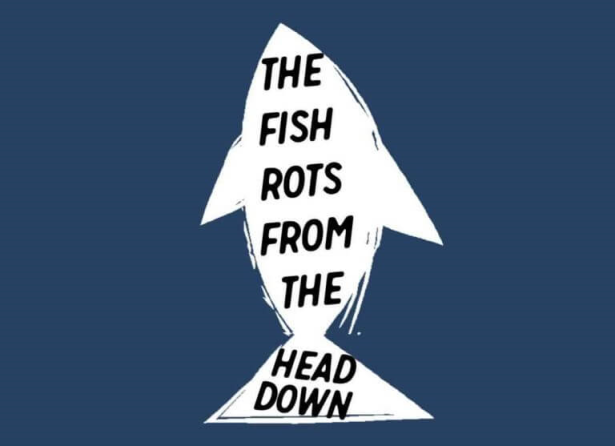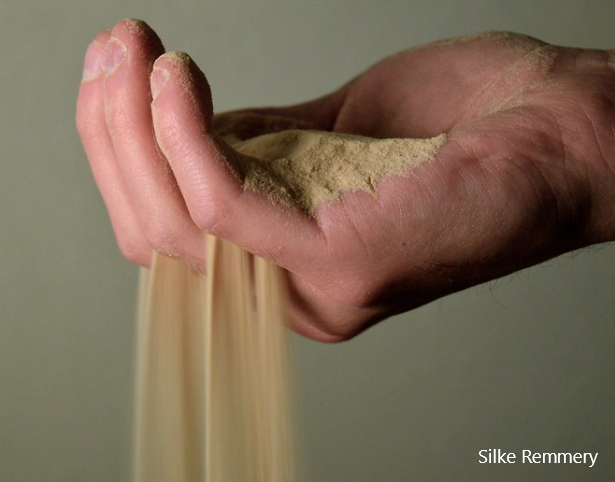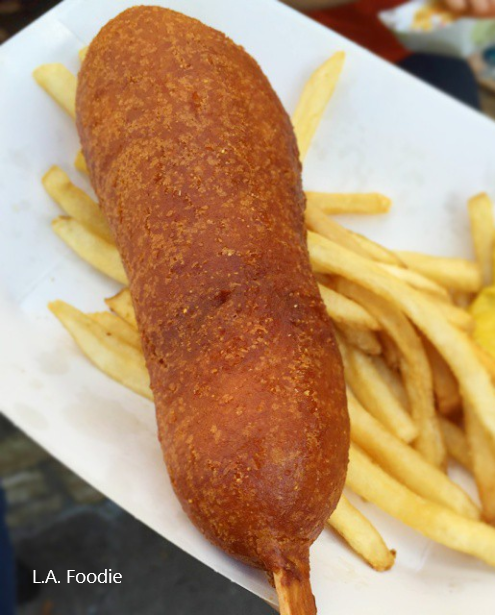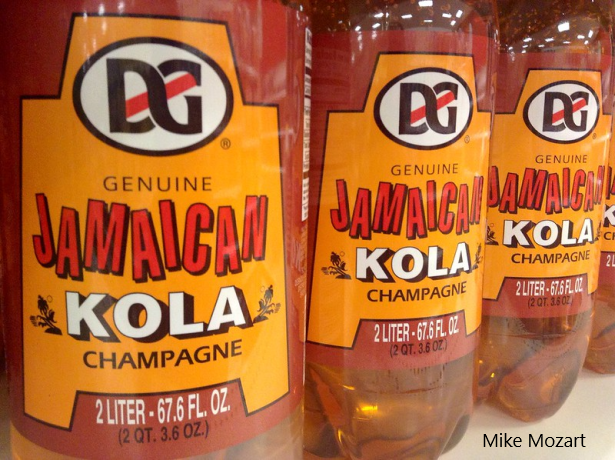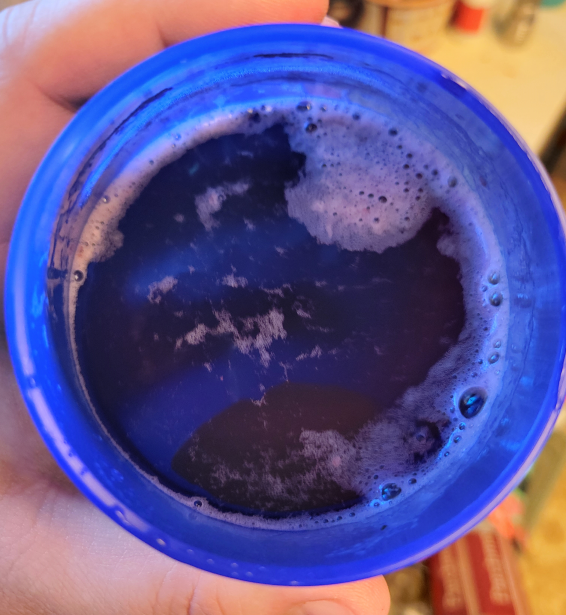KC 321 – Hibiscus Spritz, or, Afro Egg Cream

Why hello there! Did you miss me? Terribly sorry about falling off the face of the earth for a couple weeks there. If it’s any consolation, I did it to basically everyone, so you’re not alone. ANywhoodle, I am back and ready to snack, as we pop out a new post for (checks notes) Juneteenth. Man, do I regret that “anywhoodle” a second ago. In any case, today, we’re taking things simple, and somehow still getting them wrong…Mayve So if you just want to jump to the recipe, here’s a link. For everyone else, let’s dig into some red birds, blue birds, Juneteenth, and sorrow.
The Mushy Personal Stuff
Gonna try to keep this section short, but whether, “in that, as in so many other things, I have failed” or not, if you don’t care why I haven’t been writing, just jump to the next section for something a little more on-topic.
I went with a pretty deep-cut reference for that opener, but I will not be listening to complaints that cannot, without Googling, tell me who or what in this picture is Callandor.
So, yeah, thanks for sticking with us when I went radio silent for 2 weeks with no warning. I wish I could explain to you what happened, but it was just…nothing. Maybe it was a kind of burn-out, maybe it was executive dysfunction, all I know is that I had recipes lined up and already made to write about, and I just…couldn’t. I tried to write a quick review of like, 4 boxes of pasta I cooked and ate, and just hit a wall halfway through and didn’t finish, and then I couldn’t do the next post because I hadn’t finished the pasta one, and then I couldn’t do the NEXT post because I wanted to tie to something that I…might not even have taken pictures of, when I finally got around to making it…(I just checked: 100% didn’t take pictures.) And it all kind of collapsed in on itself.
And there were things in there that made sense to eat up time: social events, work projects…at one point, for like, 3-4 days my sleep schedule was screwed up after an errand forced me to get up extra-early one day. But even then, the problem was deeper. Or shallower, perhaps. The point is that the screwed up sleep schedule made the thing that was already going bad worse, it didn’t create the problem out of thin air.
So call me the Bass-hole.
It’s a frustrating sense of struggle. Particularly now, as, without the knowledge of what went WRONG, I don’t know how to improve, or ensure things go right: I can’t tell you all I’m sorry and that I’ll do better, because I don’t know where I went wrong. All I can do is assure you that it pains me to fail like this, and that I continually strive to improve.
BUT enough of my whining. Let’s lighten the mood and focus on (checks notes again) the struggles of the African-American community! Man, today is turning out far less fun than I hoped it would.
Red Birds Winging in the Dead of Night
I am taking an INCREDIBLE amount of solace from that silly pun right now: a series of improbable coincidences resulted in my computer deleting half this post, and the resulting despair knocked me out of commission for a couple hours. This post was supposed to be done TUESDAY.
Only Truckasaurus can help me now.
But I can assure you, that title is genuinely better than the first one I had for this section, so that’s what I’m clinging to right now. Anyway, today’s recipe comes from Watermelon and Red Birds, by Nicole A Taylor, which is the first official Juneteenth cookbook. The name is a reference to the ever-popular summer fruit (and its long-standing associations with Black Americans) and to a spiritual belief that red birds represent visitations from past ancestors or deceased loved ones, particularly strong in Black communities, making it a fitting name for a Juneteenth cookbook.
Juneteenth, in case you didn’t read our tour-de-force post last year, is the USA’s newest national holiday, and it is…complicated. It’s very common to call Juneteenth a celebration of the end of slavery…which isn’t quite right. Juneteenth commemorates June 19th, 1865, when Union troops reached Galveston Texas, and told the enslaved workers there of the Emancipation Proclamation, which ended slavery in the Confederacy upon the South’s defeat in the Civil War. That may SOUND like the end of slavery, but in actuality, slavery would persist in America for some time yet: TWO Slave states actually fought on the side of the North, and therefore weren’t forced to abolish slavery until the passing of the 13th Amendment in December of that year. (Meaning, in that uncomfortable way that a lot of history makes you feel, Slavery in the North actually outlasted Southern slavery. They fought a whole damn war about the thing, and in the end, it just made them lose it faster.)
They say slavery is like holding sand: the tighter you try to grip it, the faster it slips away.
So Juneteenth was a celebration for the freedmen and women of Galveston, not a national day of reckoning. It was a day of celebrating “Freedom here, and for now”. (as many will highlight, it was still quite some time until Black Americans were truly free, and even today, some would argue, the stain of slavery is not washed from our institutions and systems) And in many ways, the holiday has kept to that kind of targeted appeal: roughly 1 in 3 White Americans had never HEARD of the holiday, mere weeks before it was signed into law, while 2 out of 3 Black Americans knew “a lot” about it. As such, the holiday is, in many ways, very foreign to someone like me. But one thing I found truly inspiring about Nicole’s cookbook is how many ways she made it familiar to me.
When discussing the way Black communities view potato salad at a barbecue, the challenge and statement embedded in the question “who made the potato salad” (ie, “It better be one of the GOOD cooks, or I’m not going to come to the party/have a good time.) immediately rang in my ears as an attitude I have heard at church potlucks since I was a child. There are right and wrong answers for who cooked what. And I may have never had a Juneteenth party, but Nicole lays out an explanation of how they FEEL, creating a sort of sense-memory-by-proxy to give me something to hold onto. Which is far from the only flourish of the book.
There is a feeling I often run into in cooking and history discussions on the blog, which I’ve never had a term for, which I will now label “an epiphany of the evident”. A moment that turns what you know in a way you never expected, showing you something that is obvious, now that you consider it. It’s an often-humbling moment, that teaches us to challenge our own ways of thinking. I referenced this feeling with our Smashed Potato post of a few weeks ago: the idea of “just cook potatos, and whip potato-chip seasoning in sour cream” was one such device. Another, present in this cookbook, and the one I read that motivated to buy the cookbook, was “Zucchini Corn Dog.”
You are now becoming cognizant that most corn dogs are actually “mystery corn dogs”, you’ve just always assumed you knew what was inside.
I said those three words to my mother, and her response was “…damn it. I immediately get it.” Because OF COURSE you do: Corn dogs are just fried batter around meat. But you can fry batter around ANYTHING. Why not a zucchini? But I didn’t want to make the ZCD for the post. I wanted to handle something more fundamental. Which was perhaps, a little tricky: Nicole lays out in the cookbook that she’s not there to cook the BORING fundamentals of the holiday. She notes that, of course, there will be pecan or sweet potato pie, and there will be red velvet cake, but those are the basics. Almost passé. She wanted to instead explore a wider range of ideas. And her first chapter in the books touches on what she labels as a crucial component, delivered in a plethora of ways.
Drunk on Power, or Drowning in Failure
That would be the category of “red drinks”. I briefly touched on it last year, but red is a primary color associated with the holiday, which was another reason for the name choice of the cookbook, and the reason that dishes such as Red Velvet Cake are considered fundamentals of the event. The reason why is, like the date itself, somewhat complicated. Some hold that it is symbolic to the blood of ancestors lost in the slave trade. Others connect it to African spiritual traditions: The Yoruba and Kongo believed that red cloth was a necessary tool for many mystical acts, especially those calling down ancestors or interacting with invisible forces. Some connect it with the blood of sacrificed animals, also traditions in several of the peoples enslaved. And still others suggest a more prosaic/pragmatic explanation: Hibiscus and Kola Nuts are two plants native to Africa that were imported to America along with slaves, who used them for drinks. Both plants will produce reddish drinks (Kola being more of a red-brown, which is darkened into the now more common “cola”.).
You can see why our corporations chose to go darker than “apple juice” brown.
As such, it has long been tradition to have red drinks, whether kola, hibiscus, strawberry lemonade, watermelon juice, red corn whiskey, or any number of drinks touched up with red shrubs or cordials. Shrubs are a sweetened fruit vinegar (or vinegared fruit syrup) used as a drink additive, and cordials are concentrated fruit syrups. So people would process fruit that was about to go bad into vinegars and syrups to keep the flavor and color, in order to punch up drinks later. Nicole makes a sweet-potato-infused syrup for one of her red drinks, the “Sweet Potato Spritz”. However, today’s recipe was intended to be something much simpler. Partly because, again, this is new territory for a lot of us, and also because while I was in Leavenworth, my mother went on a diet, so I was originally going to make MULTIPLE recipes, but she asked that I only make one.
Thus, I went with the “Afro Egg Cream”, which has, at the top level, only 3ish ingredients, and consists of two steps. Which is why it is so incredibly frustrating that I can’t tell if I failed, hence why today’s post is titled “Hibiscus Spritz” OR “Afro Egg Cream”. What went wrong? Maybe nothing, and maybe nothing I can explain.
So, first, let’s do a bit of background. An Egg-Cream is an old diner and soda fountain staple (meaning it has not been particularly popular or relevant for roughly 60 years) that does not contain eggs or cream, but is rather at its core, a bubbly flavored milk: you take a shot of syrup (typically chocolate or vanilla, but sometimes cherry or other flavors), stir it with some milk, and add carbonated water. The result is functionally a poor man’s ice cream float.
When you can afford it all except the ice.
The protein of the milk makes the bubbles in the head thicker and frothier, but otherwise, you’ve got sugar, you’ve got dairy, you’ve got soda. Nicole connects her Afro Egg Cream with drinks such as red cream sodas, which I have to call out was noted in August 1986 by Texas Monthly as a “must have at any Juneteenth celebration”. And the recipe, as I said, technically only has 3 ingredients. It’s a combination of sweetened hibiscus tea (taking the role of Syrup…kind of), heavy cream (taking the role of milk…kind of), and seltzer. Those “kind-ofs” in the parentheticals call out that, unlike a normal egg cream, that uses more milk than syrup, here you use more tea than cream. This is because hibiscus tea is acidic, so it’s hard to mix with dairy products without curdling. Cream, with its higher fat content, is more resistant to curdling. So the tea is adding the sweetness AND the liquidity, while the cream is adding enough fat to not seize up. In theory. And that’s where the problem was.
See, the beginning of the process was pretty easy: making hibiscus tea, like we did for last year’s granita: boil some water, add some hibiscus flowers, and let steep for 10 minutes.
A step that means this is like, a 15 minute recipe where step 1 is “now you can do whatever for 10 mintues”.
Pour through a fine mesh strainer to get all the flowers, and sweeten the tea with a cup and a half of simple syrup (this will help cut the acid of the tea and make it easier for the cream not to curdle.) And now you’ve got one of your three ingredients. Pour into a cup, add a little bit of heavy cream slowly…
balk at the culinary crime you appear to be committing…
And this is where things get frustrating. Because I don’t know if this counts as “curdled”. It looks okay enough here, but once you mix in the soda water and stir, you end up with a drink that has clearly visible little specks of cream swirling around in the drink, being churned by the carbonation. Which does not look like success to me.
This looks like I messed up making Borscht, let alone a soda.
So I tossed it out and tried again, adding more simple syrup (the suggested remedy if your mixture curdles)…and when that didn’t work, I did it again. And again. I could get the particles smaller, but I couldn’t get rid of them. A taste of a couple of the batches showed you didn’t FEEL the particles, but it still looked wrong.
I actually gave up on the recipe, and resolved that “if nothing else, you can take your sweetened hibiscus tea, add the seltzer, and now you’ve got a Hibiscus Spritz.”
Drink the pain away.
It’s a red drink, it’s connected with the themes, and maybe my inability to make it, my struggling with what seem to be clear directions to make this is a thematic point. This isn’t ‘my’ day. There are parts of it I may not understand. Maybe I’m using the wrong kind of simple syrup. (While a “Standard” simple syrup is 1 part sugar to 1 part water, you can make it as low as half or as high as twice as sweet, and relatively few recipes or companies will bother to note what strength they built to.) Maybe I made my tea too strong.
And that was where I was content to leave it, Monday night. And then, as noted, my computer crashed on Tuesday, and I lost half the post. Which killed my energy to finish it on Wednesday, so I started again on Thursday. And today, Friday, I tried again. I got all the pieces. I read out the steps slowly. We tried pouring the cream into the glass not straight into the drink, but down the side. And you know what?
It was liquid?
It looked a little better. Not perfect, but better. And it tasted fine. So I’m willing to say that maybe I WAS doing it at least mostly right. Maybe I was just diving in a little too deeply with my first attempts at getting into the drink, pouring the cream straight into mix. Maybe you need to take your time with it, and while you might not recognize it as a success at first, it’ll turn out all right anyway.
TUESDAY: IF I CAN GET IT UP, WE’LL HAVE A POST ABOUT BRIGHT RED CHICKEN AND SAUCE.
THURSDAY: PROBABLY NOTHING, AS I AM AWAY FROM MY COMPUTER WEDNESDAY-SUNDAY, BUT I WILL TRY TO GET THE NOODLE POST UP THAT DAY.
Recipe
Afro Egg Cream/ Hibiscus Spritz
Makes 4 drinks
Ingredients
Sweetened Hibiscus Tea
4 cups water
1 cup Hibiscus Flowers
1.5 cups simple syrup, standard strength (1:1)
Spritz Ingredients
Seltzer Water or Club Soda
Egg Cream ingredients
2 ounces Heavy cream
Additional simple syrup as needed
Ice for glasses
Preparation
Make the Hibiscus Tea: Bring 4 cups of water to a boil, add hibiscus flowers. Stir to wet, cover, and remove from heat. Let steep 10 minutes. Pour into a new container through a fine-mesh strainer. Add simple syrup, stir, and allow to cool completely before proceeding.
To make a Spritz: pour 2 ounces tea into a glass with ice, and add 4 ounces seltzer. Stir and serve.
To make an egg cream: Pour 2 ounces tea into a glass with ice. Slowly add ½ ounce heavy cream over the back of a spoon or down the side of the glass. If cream curdles, empty glass, re-fill with tea, and sweeten further with simple syrup before adding cream again. Add 4 ounces of seltzer, stir, and serve.


